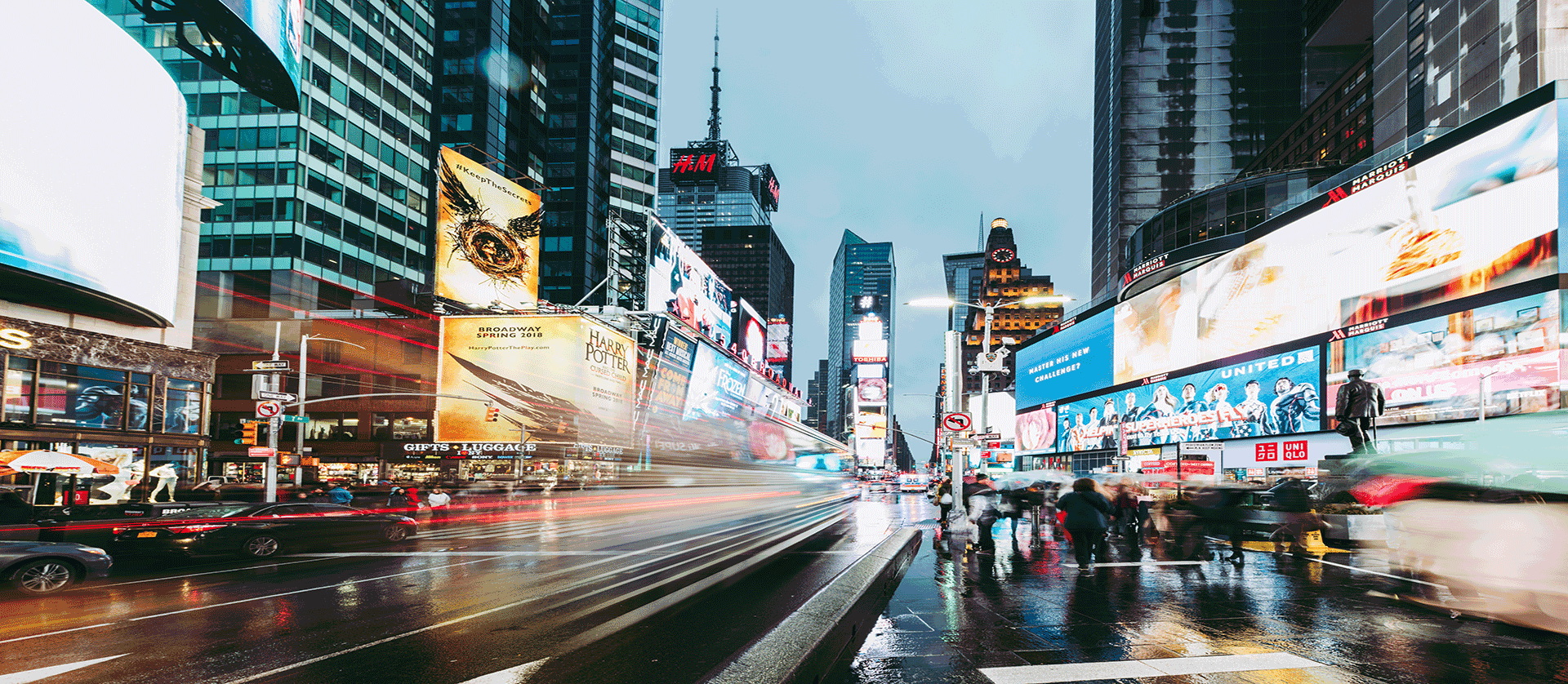
In the second installment of our outlook on how COVID-19 will impact the advertising industry, we analyze future potential scenarios for the outdoor advertising industry. Each advertising format will be affected differently, and it is important to understand the historical relationships between each format and broader economic conditions in order to assess potential recovery scenarios.
In this article, L.E.K. Consulting analyzes future scenarios for outdoor advertising, including looking at its historical relationship with U.S. GDP, and forecasts potential growth trajectories — ultimately drawing out strategic implications for the format.
US outdoor advertising spend closely tracks GDP growth
Growth in U.S. GDP and outdoor advertising spend has been highly correlated for the past 40 years (R2 = 0.66). That potentially spells bad news for outdoor advertising in 2020.
The COVID-19 disruption has touched nearly every segment of the economy. U.S. GDP contracted at a seasonally adjusted annual rate of 4.8% in Q1 2020, the biggest drop since Q4 2008, despite the fact stay-at-home orders only began to roll out across the country in mid-March. The outlook for Q2 is even more dire, with some economists forecasting much larger declines.
Certainly as stay-at-home orders are lifted and Americans begin to move around again, outdoor advertising could bounce back quickly. However, it’s worth noting that after the last recession, U.S. outdoor advertising spend did not reach 2007 levels until 2015.
If GDP forecasts and past relationships between GDP/advertising hold, outdoor ad spend is unlikely to reach 2019 levels by 2021
The various consensus scenarios for GDP produce highly variable ad spend projections, though all project that outdoor advertising spend will not return to 2019 levels by 2021.
In the most optimistic scenario, outdoor ad spend is projected to decline 12% in 2020, then recover and grow 8.5% in 2021 for an overall CAGR of -2.2% from 2019-21.
Under the U-shaped recovery, ad spend is projected to decline 4.9% p.a. 2019-21.
However, things could be much worse: The W-shaped and L-shaped recoveries project overall declines of 7.1% and 12.7% p.a. 2019-21, respectively.
Given the variability of the projections, what strategic considerations should advertisers keep in mind?
Key takeaways and strategic considerations
Indoor lockdowns — Decreased foot traffic and commuting miles have lowered the visibility, reach, and number of impressions outdoor advertising is able to make.
Top outdoor advertisers have been especially impacted — Travel, restaurants, and retail are all mainstays of outdoor advertising and have all been hit particularly hard. Local businesses are also an important part of the outdoor advertising ecosystem, though they may switch to lower-cost forms of digital advertising as their businesses remain financially challenged.
Digital transformation — Outdoor advertising’s digital transformation has been accelerating over the past few years. We’ve discussed how recessions accelerate trends that are already taking place — and outdoor’s digitization will be no different. Expect outdoor digital formats to become the norm where allowed by local ordinances, and look for the outdoor advertising industry to begin to incorporate some of the basic targeting techniques seen from the early days of digital.
01272022090130





